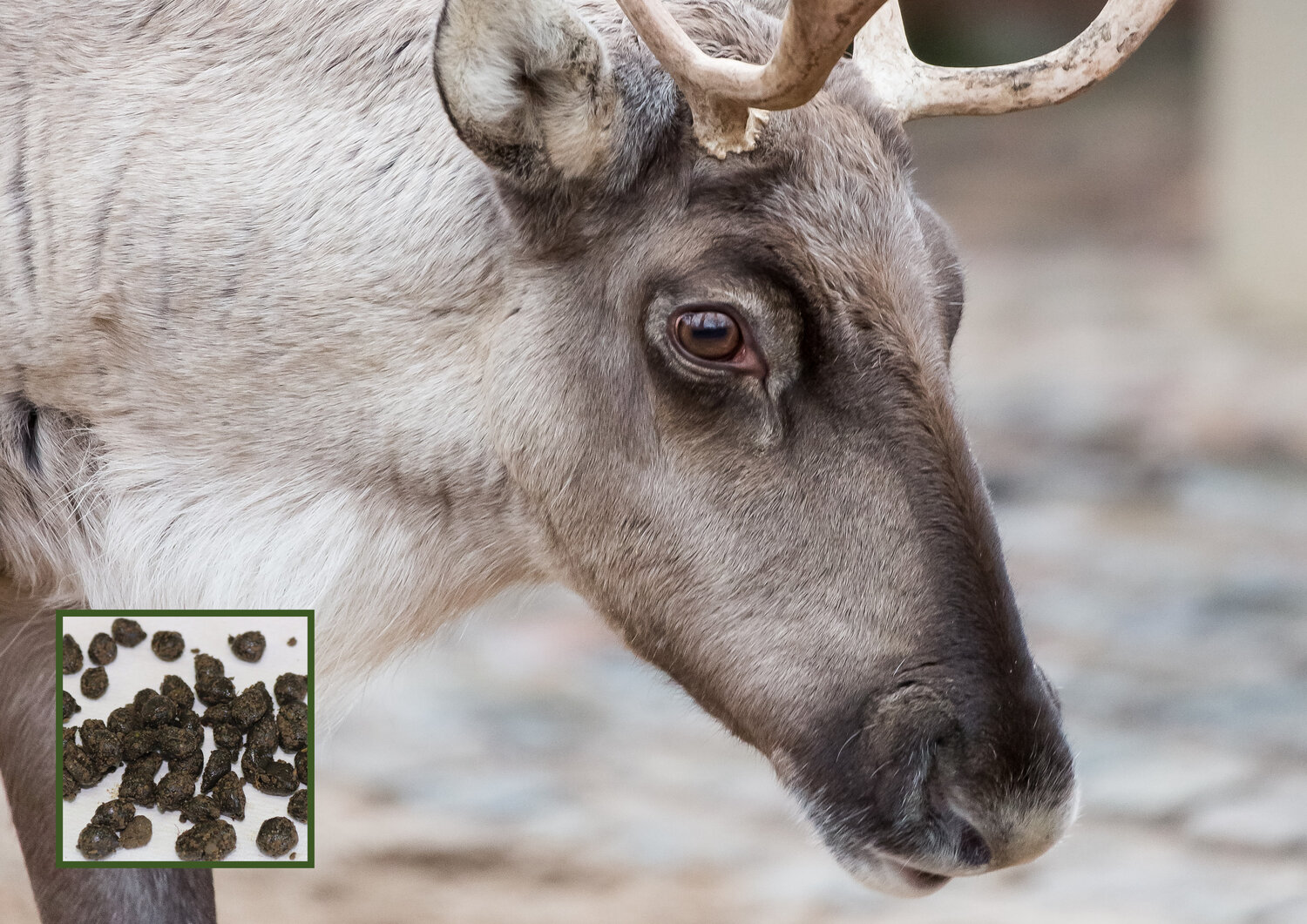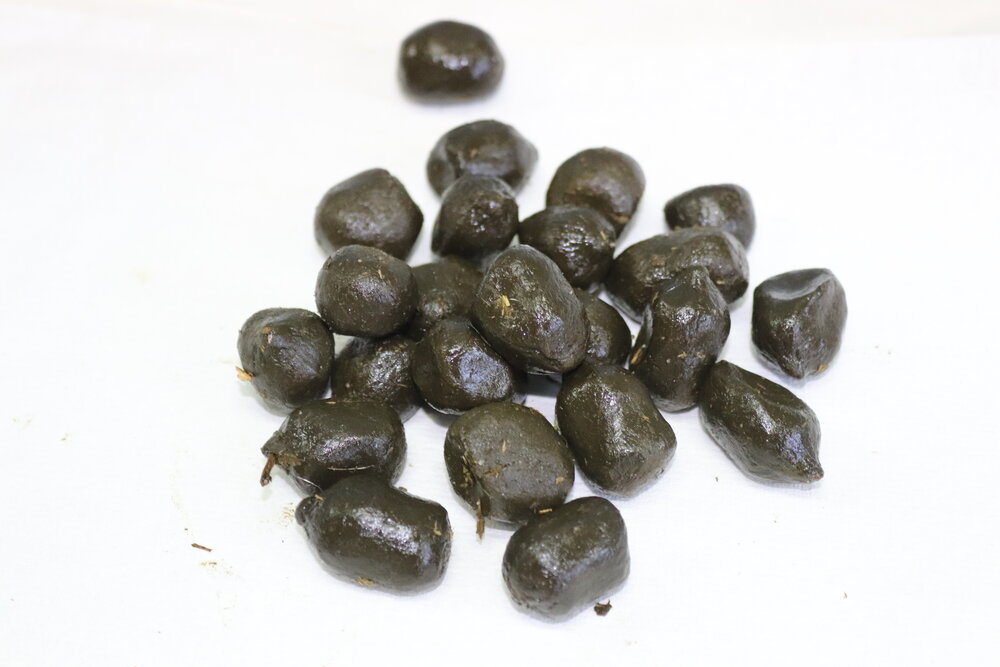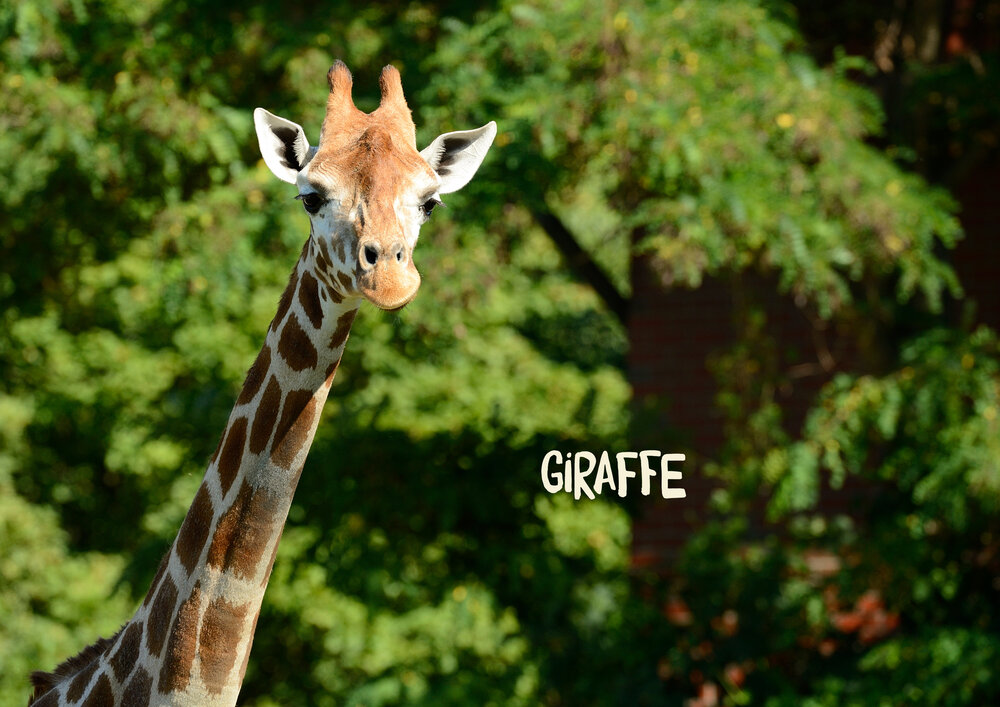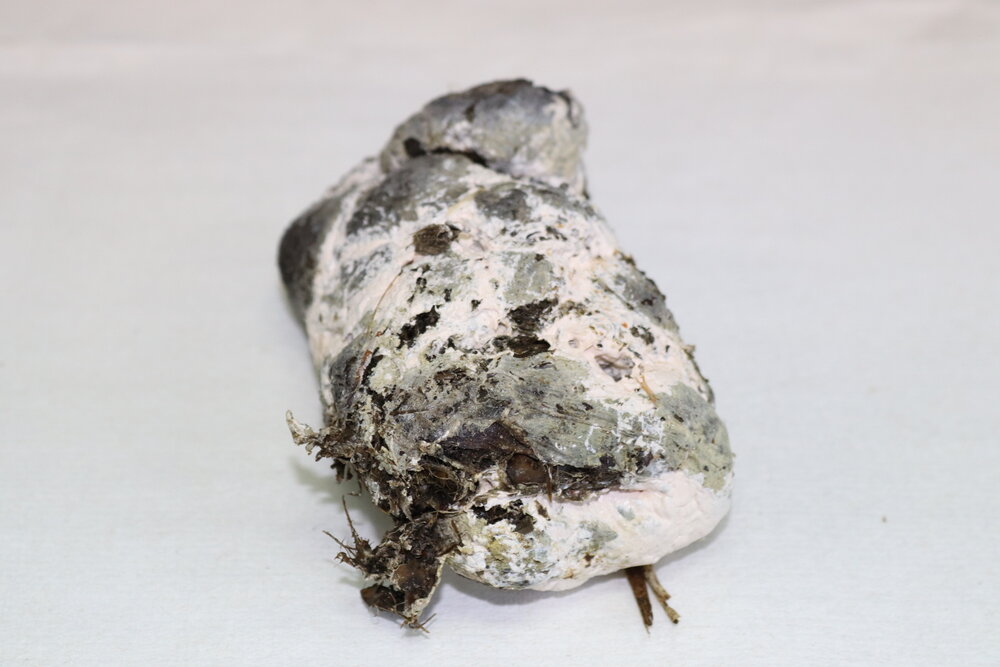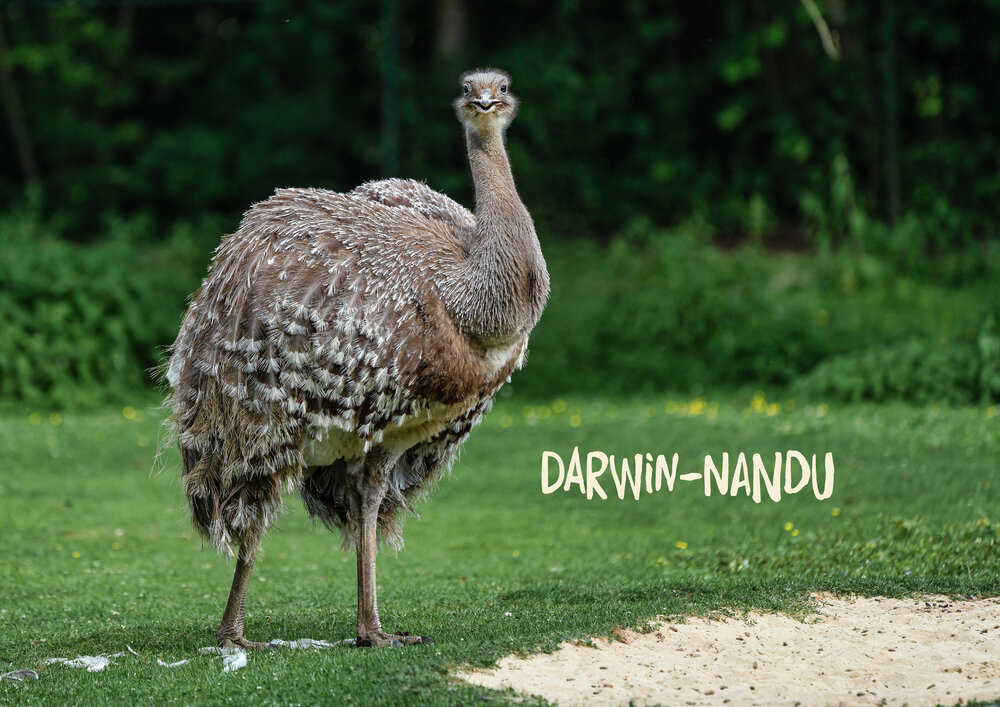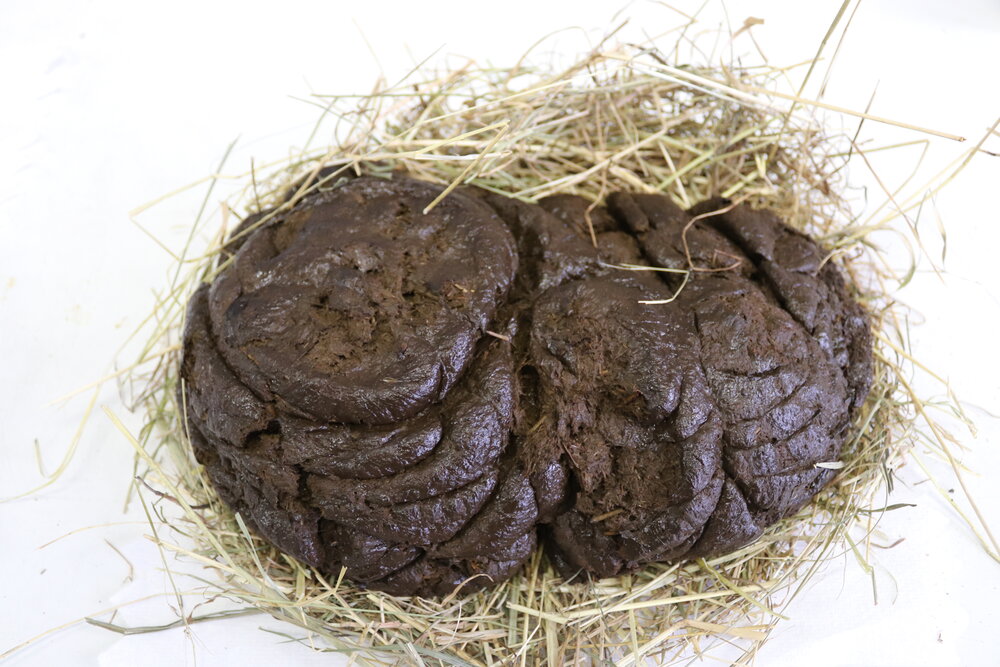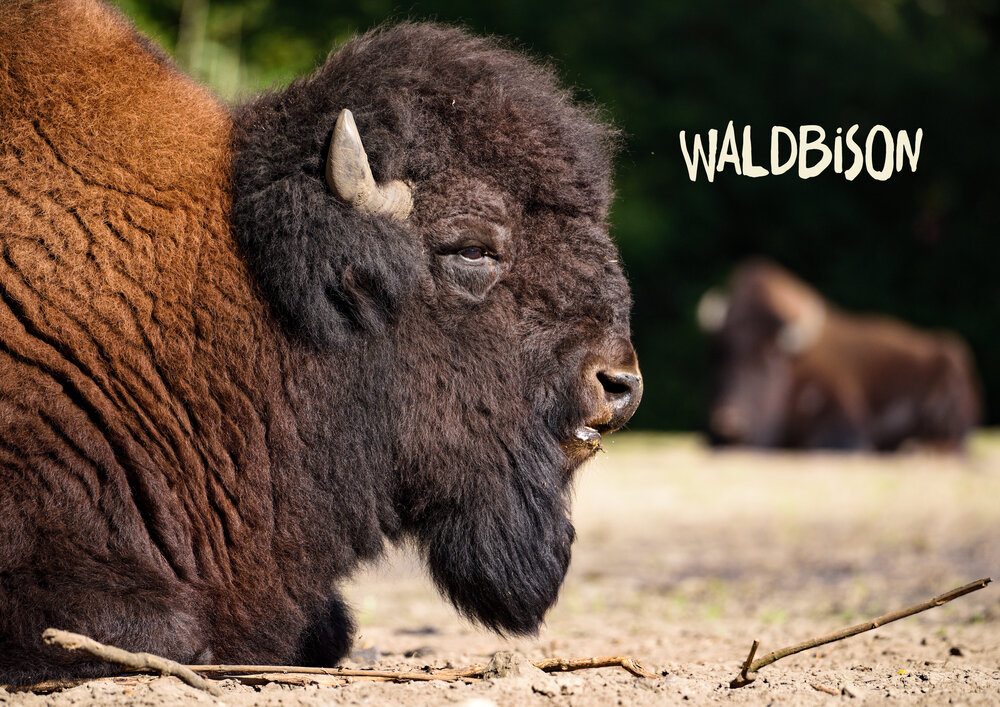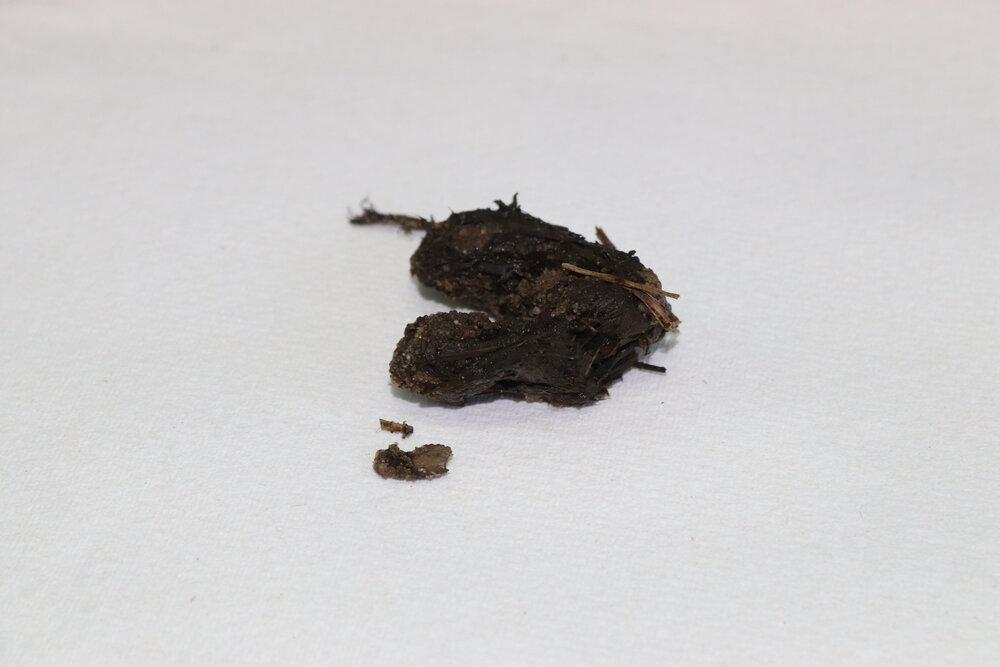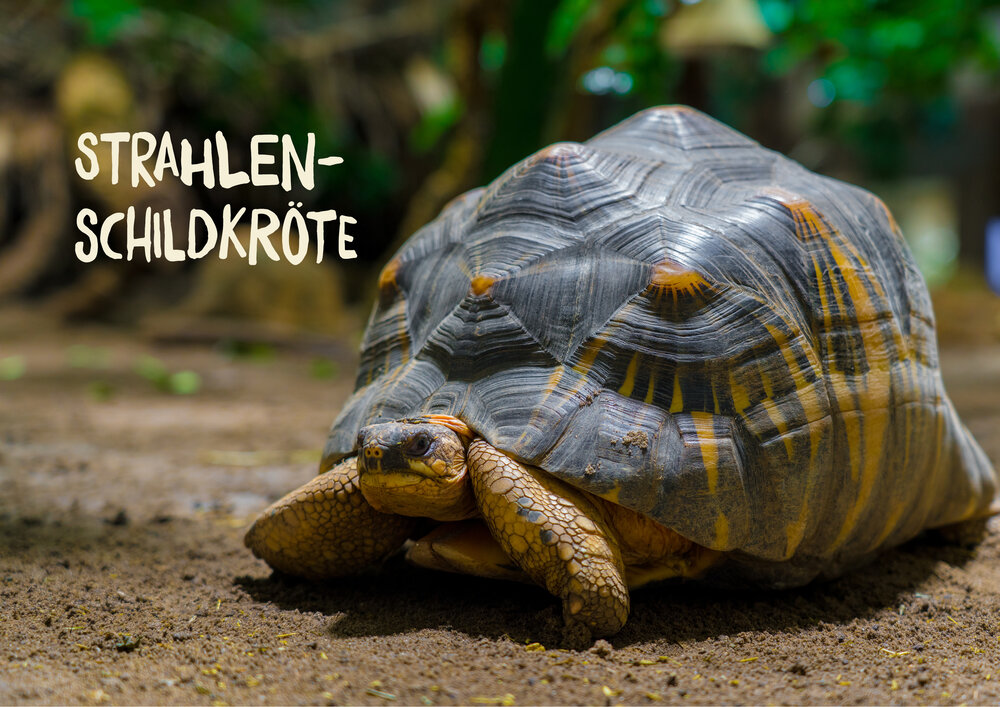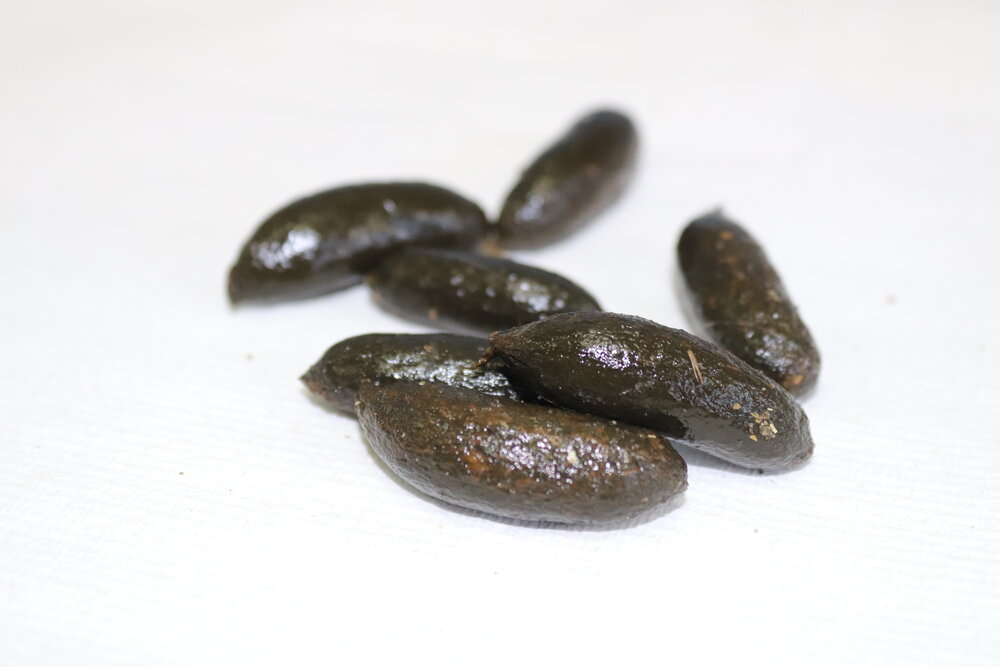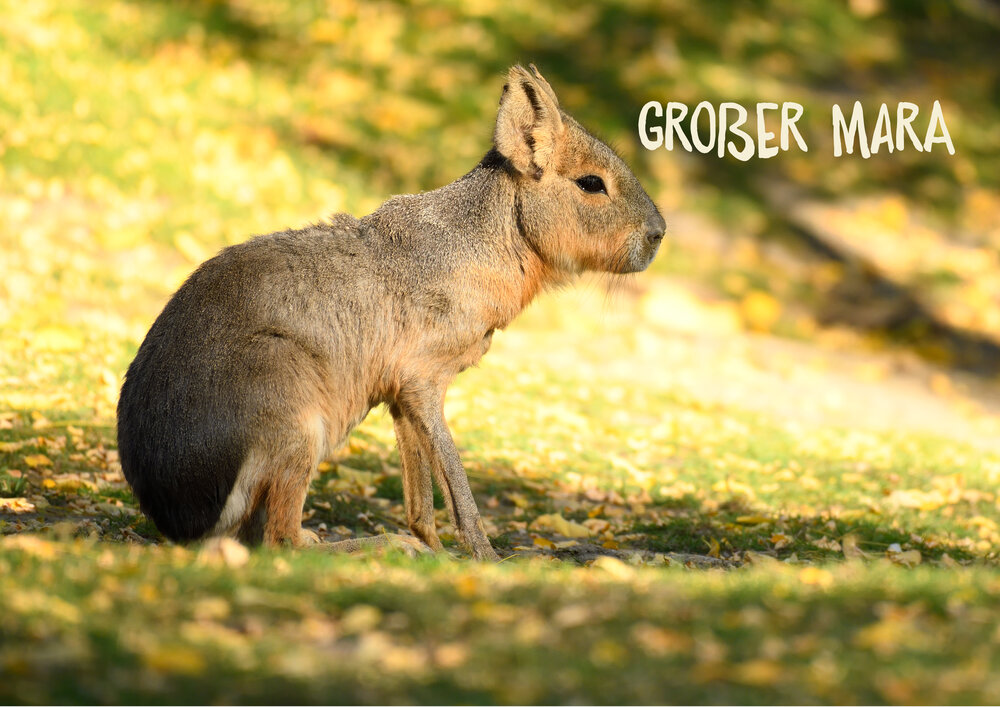Holy crap!
Over the festive season, people proudly serve up a wide range of delicious specialities – from roast duck, raclette and caviar to an endless assortment of sweet treats. But where all that food ends up is not generally considered a suitable topic of conversation at the dinner table. For some people, however, that’s precisely where things get interesting. The animal keepers at Zoo and Tierpark Berlin are fascinated by poo, as it provides important information about the health of the animals in their care.
Fifty shades of brown
Animal poo has many different shapes and colours. The various droppings, turds and pats are usually a muted shade of brown. But sometimes there’s a splash of colour like red, white, yellow or green. If the poop has an anomalous texture, perhaps too solid or too runny, or if an animal is pooing more or less frequently than normal, these can be important early warning signs that something isn’t right. And to spot those differences, keepers have to know what the normal poo of a healthy animal is like. For example, herbivores poo more frequently than carnivores because they have to eat greater quantities of food to get the energy they need.
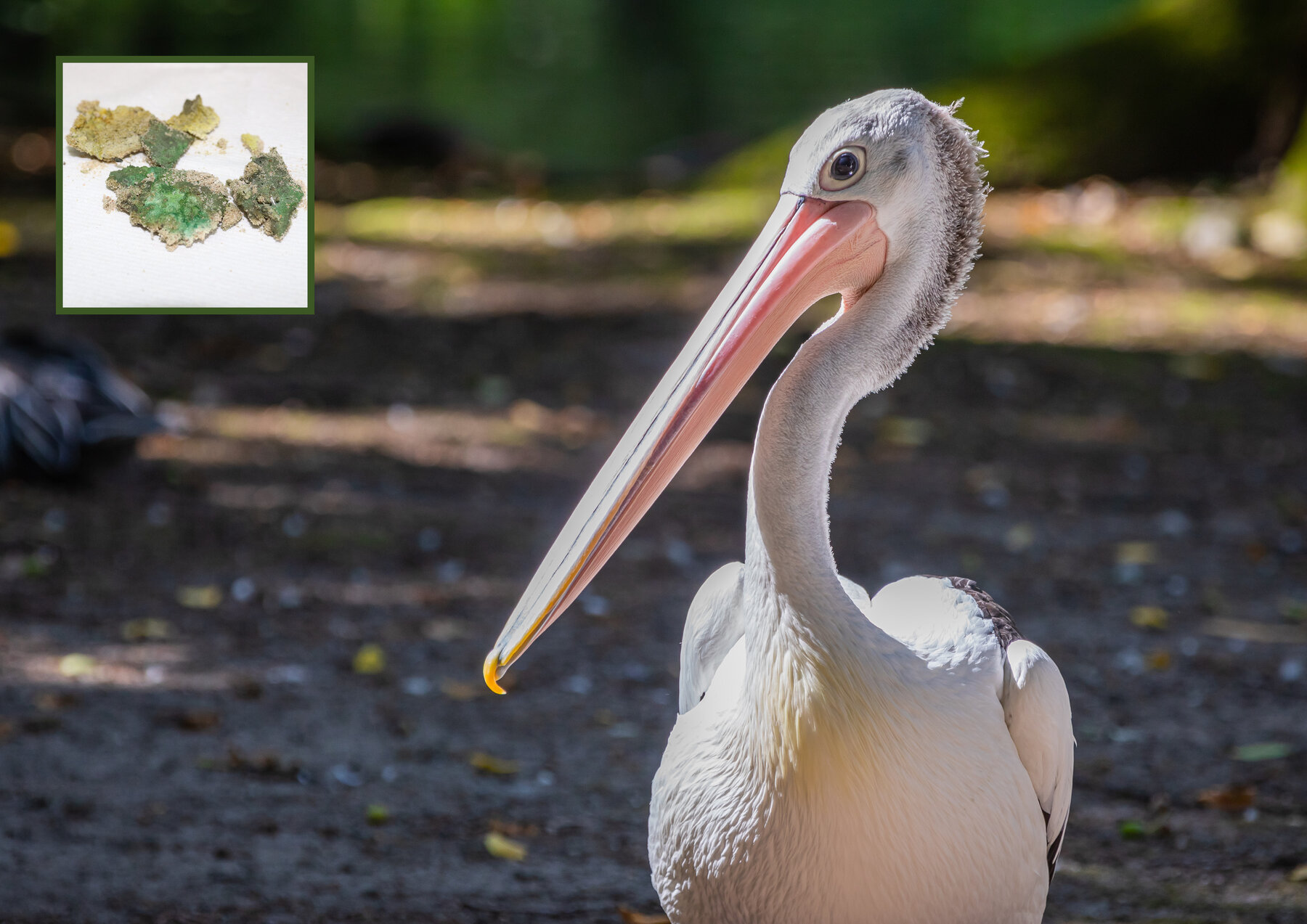
A closer look
It’s not always easy to tell when an animal is unwell. That’s why the keepers at Zoo and Tierpark Berlin regularly take faecal samples from the animals in their care. Sometimes, for instance, the poo shows that an animal has not chewed its food enough, which can be an indication of teeth problems. But some health conditions are hard to detect with the naked eye – and this is where the laboratory can help. A peek through the microscope can reveal the eggs or larvae of parasites lurking in poo, and bacterial cells can be transferred to a Petri dish and cultivated in an incubator for further study.
Did you know?
What goes in must come out: while many of us don’t even like to talk about poo, some animals actually eat it! For coprophagic (“faeces-eating”) animals like capybaras it’s an important part of their diet as it allows them to extract all the nutrients from the tough plant material they eat.
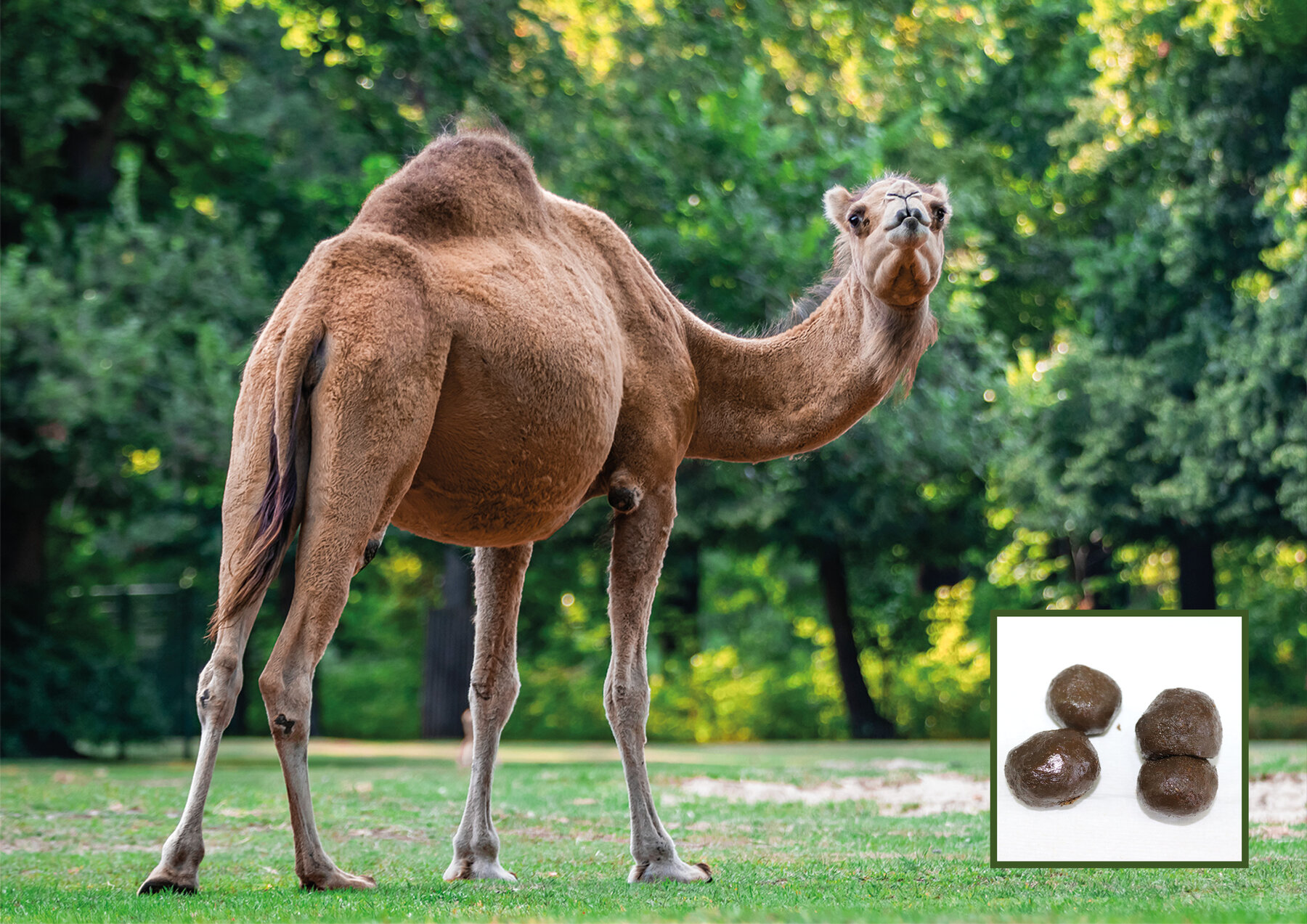
The rear end of the year
Whereas conventional Advent calendars usually contain sweet treats, the doors of our end-of-year calendar are hiding surprises of a different kind.* We want to bid an appropriate farewell to the year 2021 with a fun new detective game.
* Though some of them do resemble chocolate balls or chocolate-covered coffee beans.
Who dunnit? Hint: These “chocolate balls” are made by someone who lives in the Zoo’s oldest building.
Who dunnit? Hint: This flightless bird has a larger, African relative.
Who dunnit? Hint: In their natural habitat – the North American prairie – the vast quantities of pee and poop these animals produce keep the grass well fertilised.
